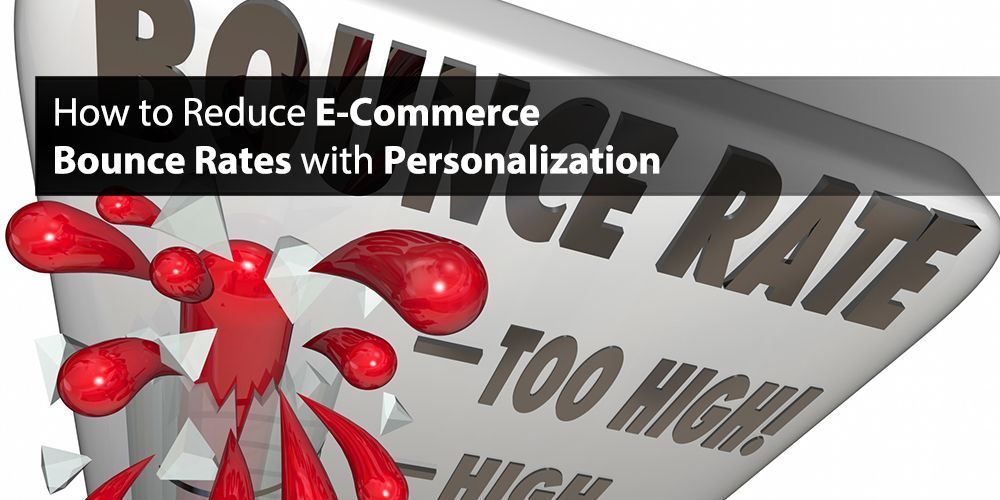How to Reduce E-Commerce Bounce Rates with Personalization
High bounce rates are the death rattle of any websites.
They show that your web page isn’t capturing your audience’s attention, or that it’s actively keeping people away. There could be content on the page that people disagree with, or it can be too poorly-designed to be used.
Knowing how to reduce bounce rates is crucial for saving any failing website.
It’s the first step of recovery. It’s also a cornerstone for any marketing strategy; the lower bounce rate you have, the more interesting your website is. And the more interesting your website is, the more money you will make.
Having an interesting website helps grow your audience and also boosts your market position. And when you’re in a position to lead your market, you can lead it towards more profits for you!
And it all starts by reducing your bounce rate. So keep reading below to learn more about how to bring your rate down!
Knowing How to Reduce Bounce Rates Takes Market Research
The first step to reducing your bounce rates is to do the most basic part of any marketing strategy: market research.
You can’t strategize your branding or email strategy if you don’t know who to target. You need to know who you’re making content for before you make it, or else it will be worthless.
The best way to do market research online is to analyze your competition’s strategy. If you model off of people who successfully marketed their businesses, it only makes sense that you will be successful yourself. Most of all, watch for the kinds of people your competition attracts.
You should collect information about what they value in a business, and make those values a core part of your business. That way, people will be naturally compelled to explore your website, since you will share their values.
Segmented Email Lists Keep Your Audience Together
The technology exists to track individual user behavior on your website. You can tell when someone spends a lot of time on a particular page, or if they consider buying something on it. And by tracking that kind of information, you can tailor emails for certain portions of your audience.
By segmenting the email marketing you send to your audience, you engage with them at a deeper level.
That engagement will signal to people that you care about their experience on your website. As a result, they will return to it, and they will engage with it more since they know doing so will personalize their experience with your company.
Exit-Intent Pop-Up Keep Bounce Rates Down
You can design web pages to respond to user behavior indicating they may leave the page.
For example, when they activate the browser’s URL bar, you can alert them with an exit-intent pop-up ad. These ads are designed to catch your audience’s attention at the last second, to make sure they stay on your website!
Bounce Rates Kill Conversions
If you don’t know how to reduce bounce rates, you will lose opportunities to generate conversions.
It doesn’t matter whether you intend to sell a particular product or lead people to a content page. If your bounce rate is too high, they won’t engage with you at all.
In the worst situations, your website may need a total redesign. Others may simply need a few quick fixes. Not everybody can tell what a website needs if its bounce rate is too high.
For that, you need professionals — and that’s what we’re here for.
Contact us if you think your bounce rate is too high. We will work with you to make a better website for your business!






